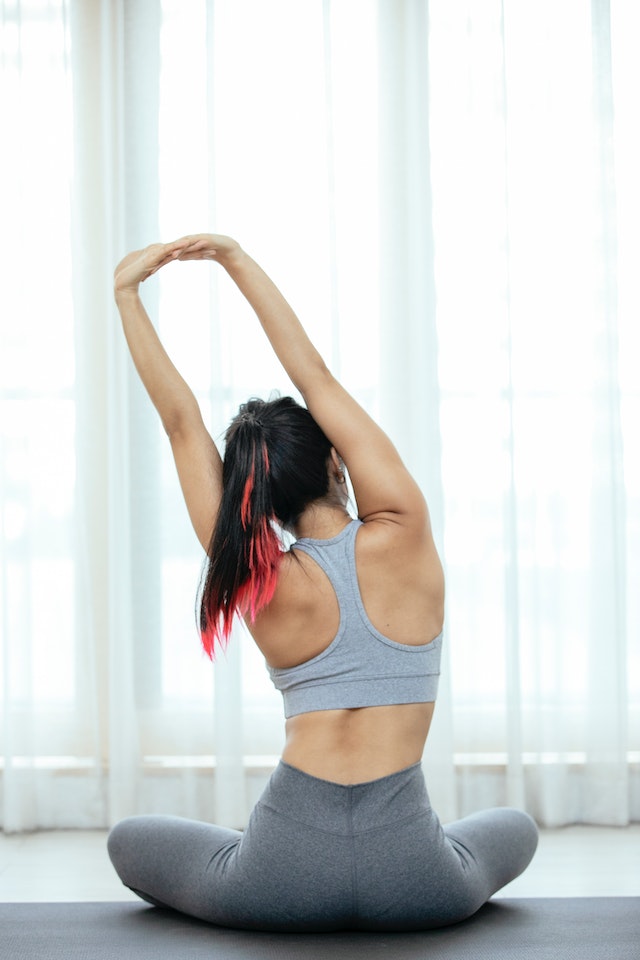Stress Reducing Exercises For Busy Professionals
As busy professionals, it’s common to feel overwhelmed and stressed on a daily basis. The demands of work, family, and personal responsibilities can take a toll on your mental and physical health. One effective way to manage stress is through regular exercise. Not only does exercise have physical benefits, but it can also help reduce stress and improve your mental well-being.
There are many different types of exercises that can help reduce stress, and it’s important to find what works best for you. Some people may find that high-intensity workouts help them blow off steam and reduce stress, while others may prefer low-impact activities like yoga or tai chi.
Here are some stress-reducing exercises that busy professionals can try:
1. Yoga
Yoga combines physical postures, controlled breathing, and meditation to improve flexibility, strength, and relaxation. It’s a great way to calm the mind and reduce stress.
2. Tai chi
Tai chi is a gentle, low-impact exercise that involves slow, fluid movements. It has been shown to reduce stress and improve balance, flexibility, and muscle strength.
3. Cardio
Engaging in regular cardiovascular exercise, such as running, cycling, or swimming, can help reduce stress by releasing endorphins, which are chemicals in the brain that act as natural painkillers and mood elevators.
4. Strength training
Lifting weights or doing other forms of strength training can help reduce stress by boosting self-esteem and providing a sense of accomplishment.
5. Outdoor activities
Spending time in nature has been shown to reduce stress and improve overall well-being. Try going for a hike, bike ride, or swim in a natural setting to help clear your mind and reduce stress.
6. Meditation
Meditation is a simple and effective way to calm the mind and reduce stress. It can be as simple as taking a few minutes to sit quietly and focus on your breath.
7. Breathwork
Deep, controlled breathing can help activate the body’s relaxation response and reduce stress. Try taking a few minutes to focus on your breath, taking slow, deep inhales and exhales.
Incorporating regular exercise into your routine can be a challenge, especially if you have a busy schedule. However, the benefits of regular physical activity far outweigh the time it takes to fit it in.
Here are a few tips to help you make exercise a regular part of your routine:
Set aside specific times for exercise: Schedule your workouts just like you would any other important appointment. This will help you prioritize exercise and make it a regular part of your routine.
Find activities you enjoy: It’s much easier to stick to an exercise routine if you enjoy the activities you’re doing. Experiment with different types of exercise to find what you enjoy the most.
Make it social: Exercise can be more fun when you do it with friends or a group. Try joining a class or finding a workout buddy to motivate and support you.
Be consistent: It’s important to exercise regularly to see the full benefits. Aim for at least three to four times a week, and try to make it a consistent part of your routine.
Don’t be too hard on yourself: It’s okay to miss a workout or have an off day. Don’t beat yourself up over it and just try to get back on track as soon as you can.
Managing stress is an important aspect of overall health and well-being, and regular exercise is a powerful tool to help you do just that. By incorporating stress-reducing exercises into your routine, you can improve your mental and physical health and better handle the demands



